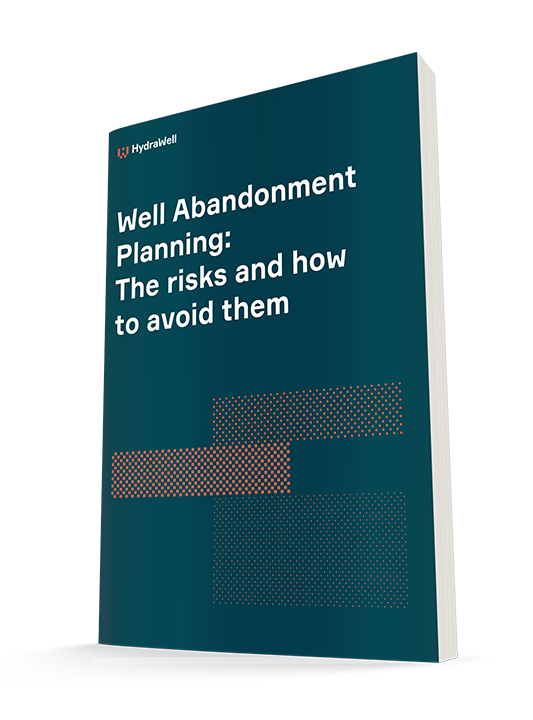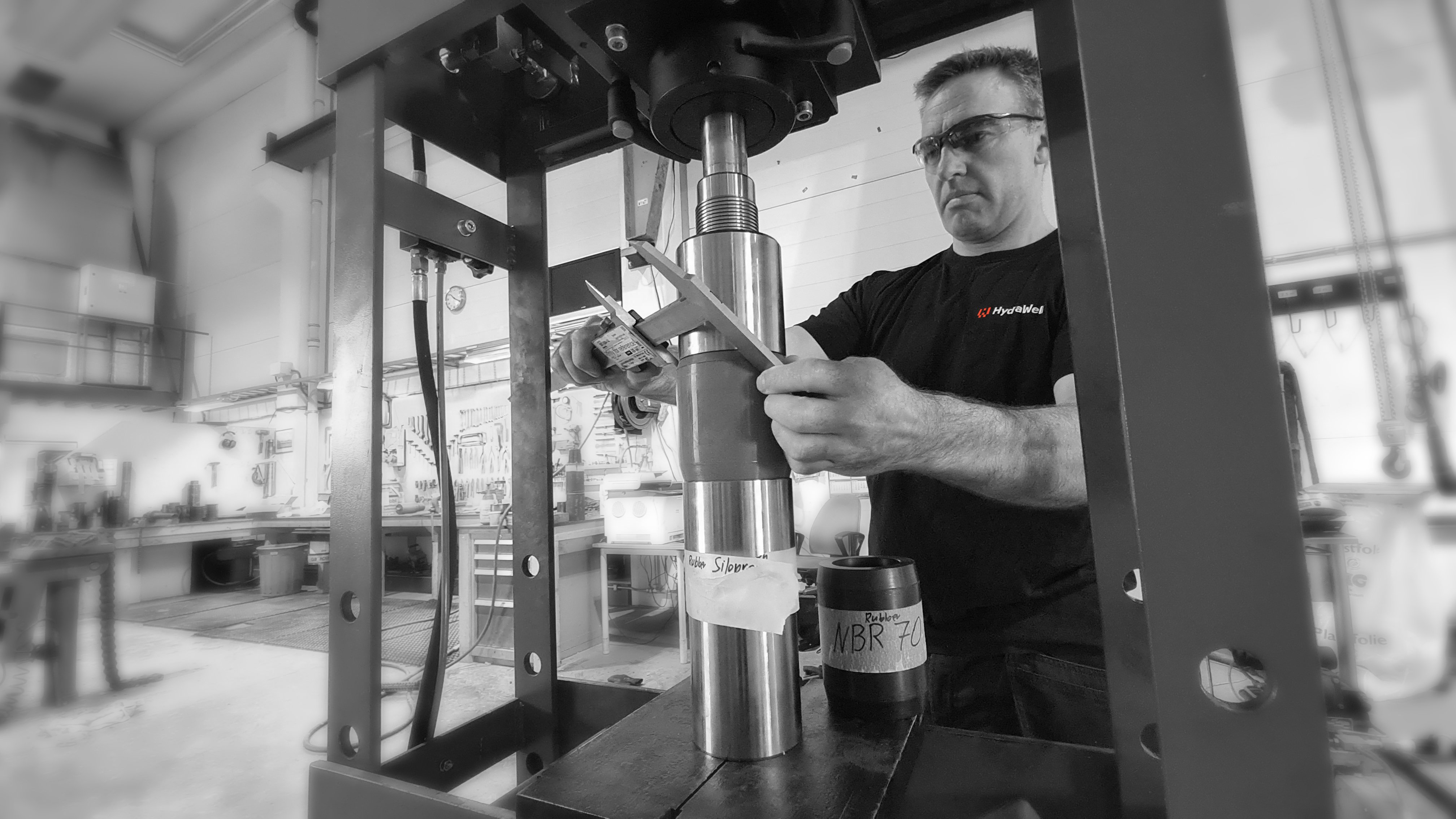Common unknowns in Plug and Abandonment [P&A] and limiting their impact
In plug and abandonment of wells there are a few common unknowns that we typically encounter. We should therefore be able to calculate if there is a significant probability for any of these common unknowns in any well or field. Consider these risks beforehand, in the planning phase, will help to avoid inefficient operations.
Download now: Free White Paper - Well Abandonment Planning: The risks and how to avoid them
1. Quality of the cement behind the casing
The most important common unknown is the quality and extent of the cement behind the casing.
This unknown is important to consider because to establish a barrier across the whole of the well-bore, we need to know whether we can rely on the cement behind the casing or whether we have to remediate it.
If the integrity of the cement has not been established, we risk this becoming a leak path in the future, losing containment, and in worst case, we don’t demonstrate that we have put an isolation barrier in place.
In terms of managing the operation, if we are planning to test that cement, or establish the quality of the cement, we need to be prepared for the possibility that it needs remediation.
Recommended reading: Data Requirements for Well Abandonment Design
2. Sustained pressure at surface
Another common unknown is the source of any sustained pressure at surface of one or more of the annuli.
The source of the pressure can come from the production reservoir or from one or more formations in the overburden higher up in the well-bore.
If we assume that the pressure is coming from the reservoir, which is often the worst case, we would plan to remediate the cement and establish a barrier behind the casing immediately above that reservoir.
If the sustained pressure doesn’t disappear after remediation, we may not know if that is because the established barrier fails, or whether that barrier is good and the pressure source is higher up the well-bore, and the barrier that was put in was never going to make a difference.
Tip: How to identify common risks associated with permanent plug and abandonment of wells
3. Unknown characteristics of the formations behind the surface casing
Quite often, formations at the top of the well-bore were not logged and tested when the well was drilled.
Therefore, we can be unsure of how they will behave if we start to put barriers in place opposite them. When we have problems during the operation or are unable to validate the cement barriers that are put in place, we often don’t know the exact cause.
This is more likely to happen where there was little appraisal work done on the geology when the field was originally drilled.
4. Corroded casings
Another common unknown is the condition of the casing.
If the casing is corroded, it may have lost its tensile strength, and during removal it may disintegrate with the procedure to fish out the casing in small lengthstime consuming.
If the casing is in good condition it can often still be difficult to pull the casing from the cut depth. Over time, Barite can drop out of the annulus mud and pack off on the outside of the casing.
This binds the casing into the well, so that the effective free point of the casing is much higher in the well than the theoretical top of cement and the casing cannot be recovered from the required depth.
How to limit their impact?
The recommended approach to these issues is to recognise these possible data gaps and develop a risk register, where one can understand the potential impact of any of these common unknowns before committing to an operations programme.
We should develop a risk strategy for each common unknown; either:
- Eliminate
- Mitigate
- Have a contingency, or
- Live with the risk
The chosen strategy depends on the perceived likelihood of any of the risks happening, what the consequences are, and how easy it is to take a different approach.
If we assume worst case, we might end up doing things that were unnecessary, but if we assume everything will be ok, then sometimes we’ll end up with difficult problems to resolve.
You might also like: What is the value of applying Management of Change to Plug and Abandonment of wells?
Classic example – unknown condition of the cement behind the casing
If the condition of the cement behind the casing is unknown, we could eliminate the risk by planning to remediate the annulus by, for example, section milling.
Alternatively, we can take the mitigation approach by moving the barrier location to somewhere where we know the quality of the cement. We could plan to log the cement quality and carry section milling or perf and wash as a contingency.
Or we could just make the assumption that the cement is good, and we’ll just live with it and carry out the operation, and simply run the risk of that annulus cement will be a leak path.
The 4th choice is not a great option, but all the other three choices might be appropriate depending on circumstances. We have seen the first choice implemented very successfully, using PWC to remediate the annulus, as it saved the costs and time of logging the cement, as the probability was that the cement was poor.
Conclusions
Luckily, there are some common indicators of the likelihood that we are working in a higher risk environment:
- Problems with casing and tubing corrosion are less likely in clean gas wells and more likely in oil producers with complex production chemistry, or water injectors.
- Problems with pulling casings are more likely with deep barriers and high angle hole.
- Poor annulus cement is more likely where there were problems during drilling and cementing of the initial well construction.
Anything that prevents us from being able to get the barriers in first time in an efficient way will compromise the ability to deliver on time and at lowest cost. Ensuring a safe working environment and maintaining well control during our operations are non-negotiable, our other objectives are establishing good quality long-term isolation barriers, at the lowest cost.
To do that, the method we are choosing has to have a high chance of producing a good quality barrier. What appears to be the quickest method does not always deliver the lower cost unless we can be confident that the unknowns will not compromise the operation.
In this free white paper, you can get more insight into well abandonment planning. Click to download now:





